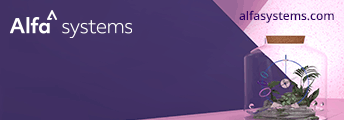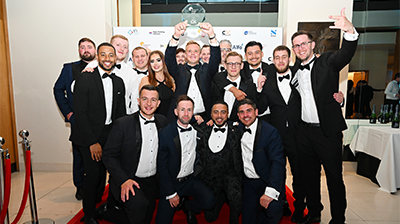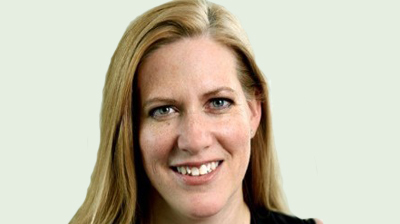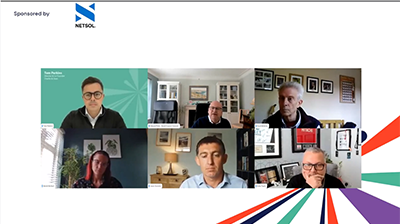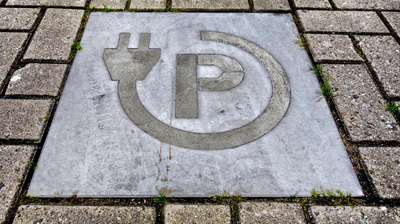
There will be strong future demand for a new generation of zero-emission vehicles as tolerance for cities choked by traffic pollution is fast disappearing, according to new claims by industry experts.
By 2030, 70% of new car and van sales are expected to be zero-emission-capable vehicles, with the current rise in demand predicted to be the start of exponential growth in sales of ultra-low-emission transport.
According to the European Automobile Manufacturers Association, across the European Union sales of plug-in vehicles rose 40% in the first quarter of 2019, compared to the same period last year. Sales of mild hybrid vehicles were up one-third. Total alternative fuel vehicle sales reached 341,000 in Q1, a year-on-year rise of 26%, while diesel sales fell 18% to 1.3 million and petrol vehicle sales grew 3% to 2.4 million.
Future clean vehicle growth is likely to be powered by auto finance, with latest figures from the UK’s Finance and Leasing Association indicating nine out of 10 private car sales are funded by its members.
Natasha Patel, co-lead of the Mobility 2030 programme at KPMG, who was part of a panel of experts speaking at the recent Auto Futures Live event in London, suggested a tipping point would be reached as early as 2021, when battery-powered vehicles become cheaper to produce than models which use an internal combustion engine.
At this point, she suggested, the financial argument for switching to an electric vehicle would be too strong to ignore.
Erik Fairbairn, founder and chief executive of electric vehicle charging solutions provider Pod Point, said there were three phases in the transition away from fossil fuels towards plug-in vehicles.
Firstly, education provides potential purchasers with an understanding of the features and benefits of the future technology and how it can benefit them.
Secondly comes conversation, where the changing transport trends obtain a higher profile, so they are discussed more openly and the potential for change becomes normalised.
Finally, there is implementation, where a confident and educated consumer decides to switch after being reassured about their decision.
Fairbairn said: “The adoption rate is not linear. Incremental change is the way the automotive market has been for years, but this is disruptive change, such as Netflix versus Blockbuster.”
However, even when zero-emission-capable vehicles account for the entire new car and van market, the biggest change will still be to come, as it will take more than a decade for the new technology to filter down through the used car market to replace the vast majority of internal combustion-engined vehicles on the road.
Delegates at the event heard that changing social expectations could be an incentive to switch, as a shift in societal norms would see the internal combustion engine shunned as outdated and dirty, leading to drivers having to justify their decision if they don’t adopt the new technology.
In addition, legislation is driving a change in behavour, through vehicle taxation and local authority schemes such as congestion charging and low emission zones.
But this shift to low-emission vehicles only goes so far, as it does nothing to relieve congestion clogging up city streets, while remote areas may struggle to obtain investment for the required EV infrastructure.
Therefore, companies that offer car sharing and ride hailing, along with mass transit services such as buses and coaches, will see growth in demand and their fleets.
Shared transport service Zeelo uses data and AI to build dynamic public transport networks, allowing customers to book spaces on buses and coaches via smartphone app.
Stephanie Rivet, chief operating officer of Zeelo, said big data was being used to provide tailored routes that adapt to each customer’s location.
It also develops dedicated services for commuters. On average, one Zeelo takes 37 cars off the road and it makes employees more productive, as they would otherwise spend 27 minutes each day sitting in traffic.
At the event, Tom Thompson, project lead, Ford Mobility, showed how digital innovation is changing transport networks.
It has developed new cloud-based software that identifies the optimum places for delivery drivers to park their vans, where they are near multiple drop-off points. Agents then meet the van to complete parcel delivery by foot or cycle.
Thompson said: “Our goal is to keep larger vehicles like delivery vans operating in the high load, less congested environments in which they perform best.
“However, for the last mile of a journey into an urban area, where congestion and lack of parking can be a challenge, it makes sense to offload deliveries to more nimble, efficient and cost effective modes of transport.”
Ford estimates that one van and a team of four couriers on foot or bicycle could be used to deliver the same number of parcels as five individual vans when working as part of a multi‑modal network.
For a London trial, Ford is partnering with Gnewt, a sustainable urban parcel delivery service that only uses electric vehicles.
Its fleet of electric vans delivers more than three million parcels a year to consumers and businesses in London.
Ford is also working with Transport for London on a multi‑million‑pound project to trial 20 plug‑in hybrid Transit vans that run solely on electric power for most city trips. This year, the trial is being extended to the Valencia, Spain and Cologne, Germany.
In the US, Ford has teamed up with Postmates, an on‑demand delivery platform in Miami and Miami Beach, to operate a self-driving delivery service.
While improved technology is helping to deliver the 'on-demand economy', it could also encourage unwanted behaviour that increases pollution or congestion, delegates heard. In one example, a consumer ordered a small bottle of water through a delivery service rather than going to the local shop, which cost them a total of £12.

